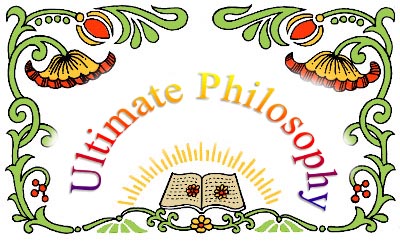
Composition of the Tanmatras of the Five Mahabhutas and their functions
(Continuation of the article ‘Five Mahabhutas and their Tanmatras’ published in the previous issue)
The organs of action are complementary to the sense organs. The ear wants to hear, and the voice speaks. Both have the tanmatra of space. Hearing is done by the ears that are dominated by Sattva guna. Speech is an action done by the vaak indriya that is dominated by Rajo guna. The ear and the tongue are gross objects, and are the results of the Tamas tanmatra of space.
You want to touch something with the tvag indriya, and your hands are the organs of action that do it for you. Both the karmendriya and the jnanendriya have a dominance of the vayu tanmatra, while the gross objects – including the hands and skin – are made from the Tamas tanmatra of vayu.
The eyes want to see something, and the feet take you there. Both organs (eyes and feet) have the agni tanmatra. The gross objects are made of the tamas tanmatra of agni (fire element).
You want to obtain the flavour of something, and you also throw out urine and semen through the upastha. Both organs (the tongue and the upastha) are made from jala tanmatra, and the gross forms are made of the Tamas tanmatra of jala (water).
You want to smell something. The anus releases intestinal gas (apana vayu). Both the nose and anus are made from the Prithvi tanmatra. The gross forms are made from the Tamas tanmatra of the earth.
All ten indriyas – five sense organs and five organs of action – are made from the apanchikrita pancha bhootas (unquintuplicated five elements), but the sense organs are made from their Sattvik tanmatras, and the organs of action are made from their Rajas tanmatras. Sattva guna is cognitive, and Rajo guna is dynamic in action. The golak (orbs) in which the senses are located, are gross. They are made of the Tamoguni tanmatras of the pancha bhootas.
The pervading of senses
The senses are not made from gross elements. Therefore, according to the Sankhyans, they pervade the whole body. Their orbs (seats) can be present in any part of the body. The orbs that are seen are the control centre of the activities of the senses. It is possible that by some special means, one day, somewhere, a human being may develop the ability to see with his hands and smell with his feet! It is a popular saying that ants see with their nose and snakes hear with their eyes.
Two indriyas – the rasanaa (the tongue that tastes) and vaak (the tongue that speaks) – are present in one orb, the tongue. The prana (active life force) and Rayi (all subtle and gross physical matter); solar and lunar forces pervade the whole body as positive and negative charges of electricity with the energy of all senses. The senses pervade the body; they are not limited to their orbs. (To be continued…)